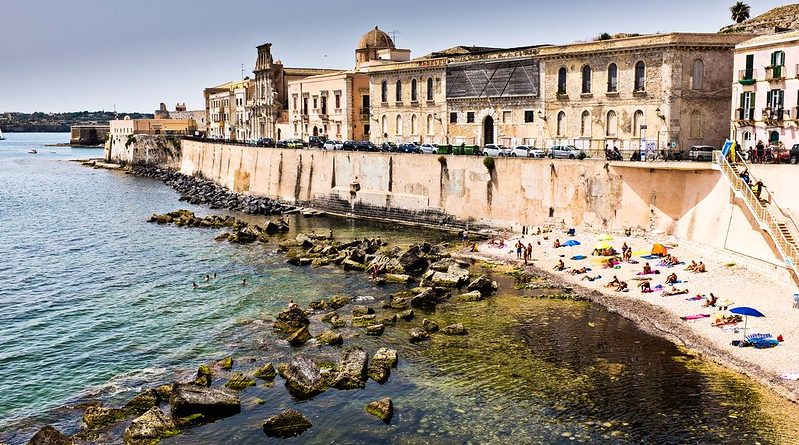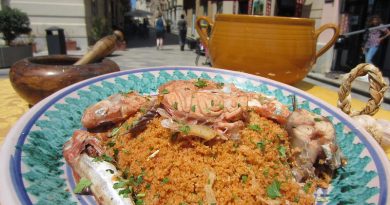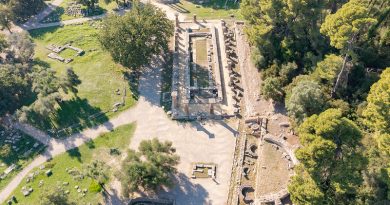Sicily Stories
- Sicily’s Hidden Roman Treasure : The Bikini Girls
In the 3rd Century BC the Romans overthrew the Greek cities and states that had existed and ruled the island of Sicily for hundreds of years.
The Romans adopted many Greek cultural icons, forms and architectural practices including the creation of elaborate mosaic floors for their villas , palaces and public building .
For hundreds of years one of their greatest creations lay buried and undiscovered beneath a giant mud slide in the centre of the island near the town of Piazza Armerina.
Because of the massive scale of the mosaic floors here, The Villa Romana del Casale was thought to have been built by Maximian , a co Emperor with Diocletian in the 3rd Century AD.
It’s thought the mosaics decorating 40 rooms were the co creation of Roman artisans and North African craftsmen . The most distinctive murals are the be found in The Room of the Ten Maidens – ten scantily clad female gymnasts , known as the Bikini Girls .
All the scenes normally excluded from Christian art lie in this kaleidoscope of life celebrating hunting, fishing , dancing ,discus throwing , massage and lovemaking.
Also featured are elaborate hunting schemes . The Corridor of the Great Hunt is a swirling mass of movement featuring chariots , lions , cheetahs and rhinos .
- Sicily’s Wild Coastal Walk
Just a few kilometres from the baroque town of Noto in the south eastern corner of Sicily is a wild and windswept coastline which is now a protected nature reserve .
The Vendicari Nature Reserve covers 1400 hectares and is dotted with deserted beaches , salt pans, lagoons, Greek ruins dating back two and a half thousand years and plentiful bird life which attracts hikers and birdwatchers from across Italy and beyond .
For centuries this part of the Sicilian coast has also been a favoured destination for tuna fisherman -,the giant fish is plentiful
In the seas south of the island and on an isolated headland on the reserve sits the ruins of a giant tuna processing factory dating back to the 16th century .
The site was originally used by the Romans to produce garum, a salted fish sauce which was very popular.
The site also includes a 15th century tower which was used as a storage facility for the nearby port .
This unique and once bloody site sits as a an eerie reminder of an industry which once sustained communities along the coast. Tuna remains a seafood staple on the island today .




